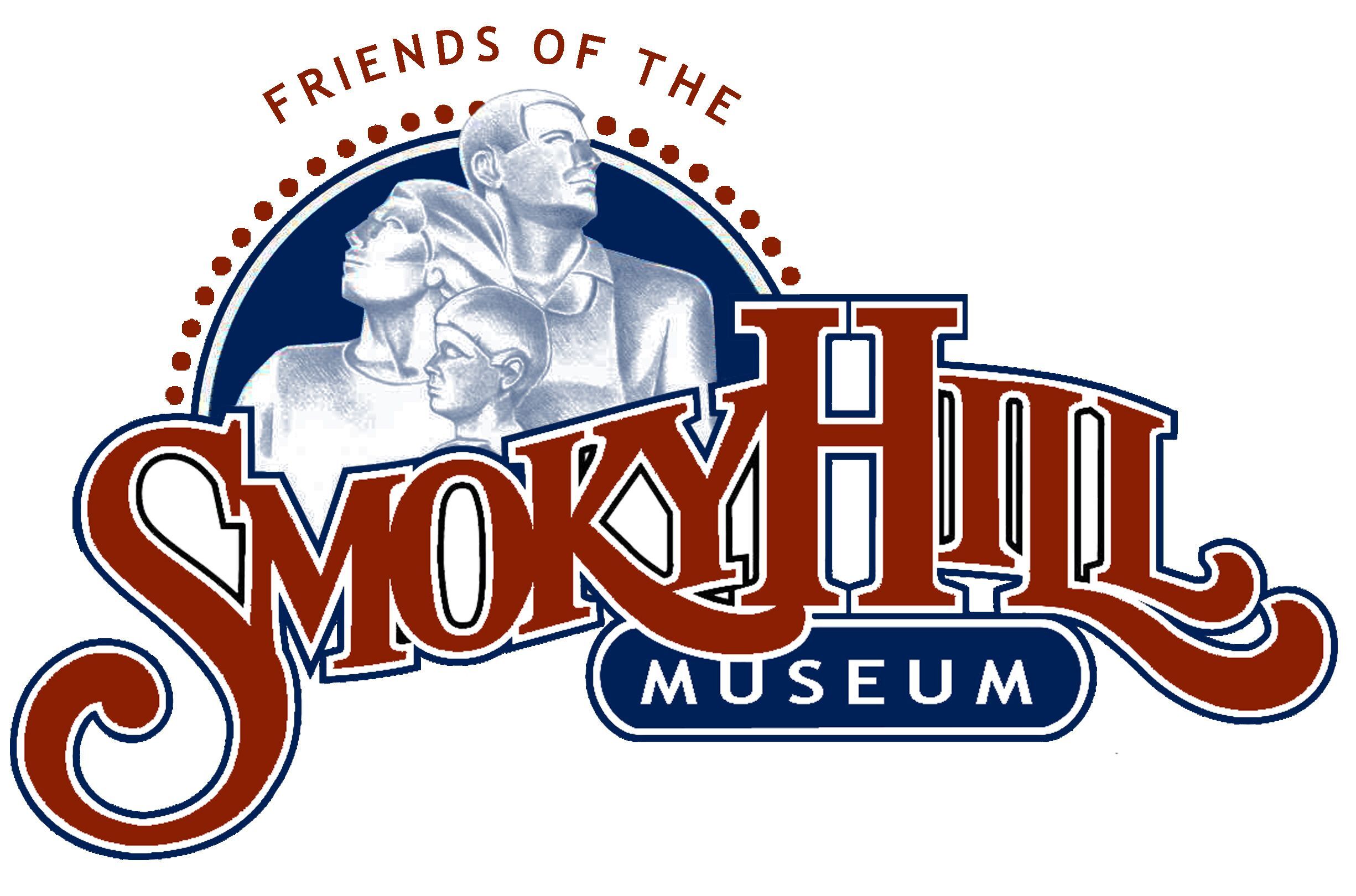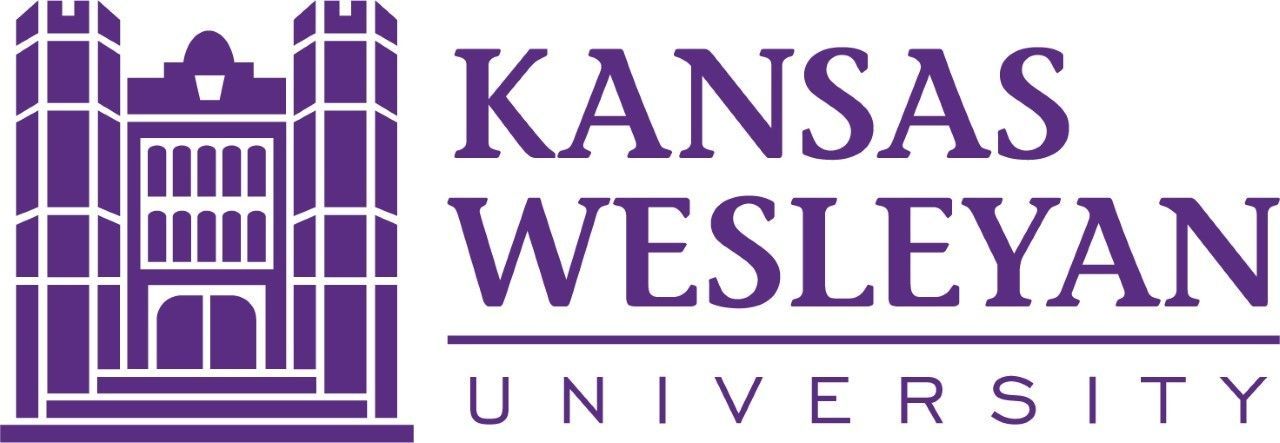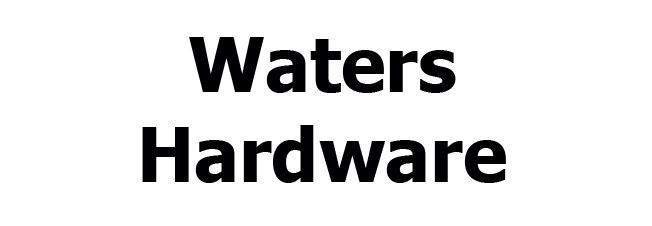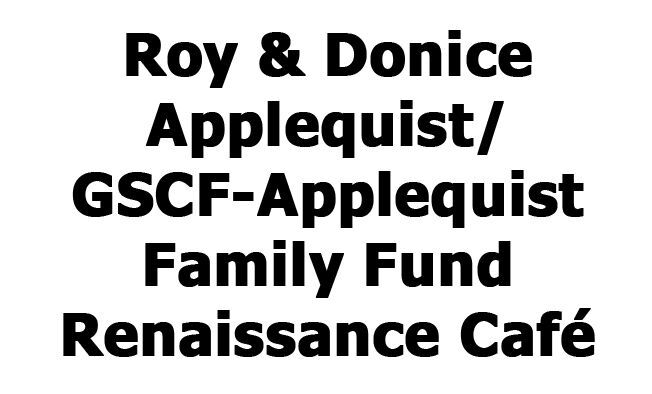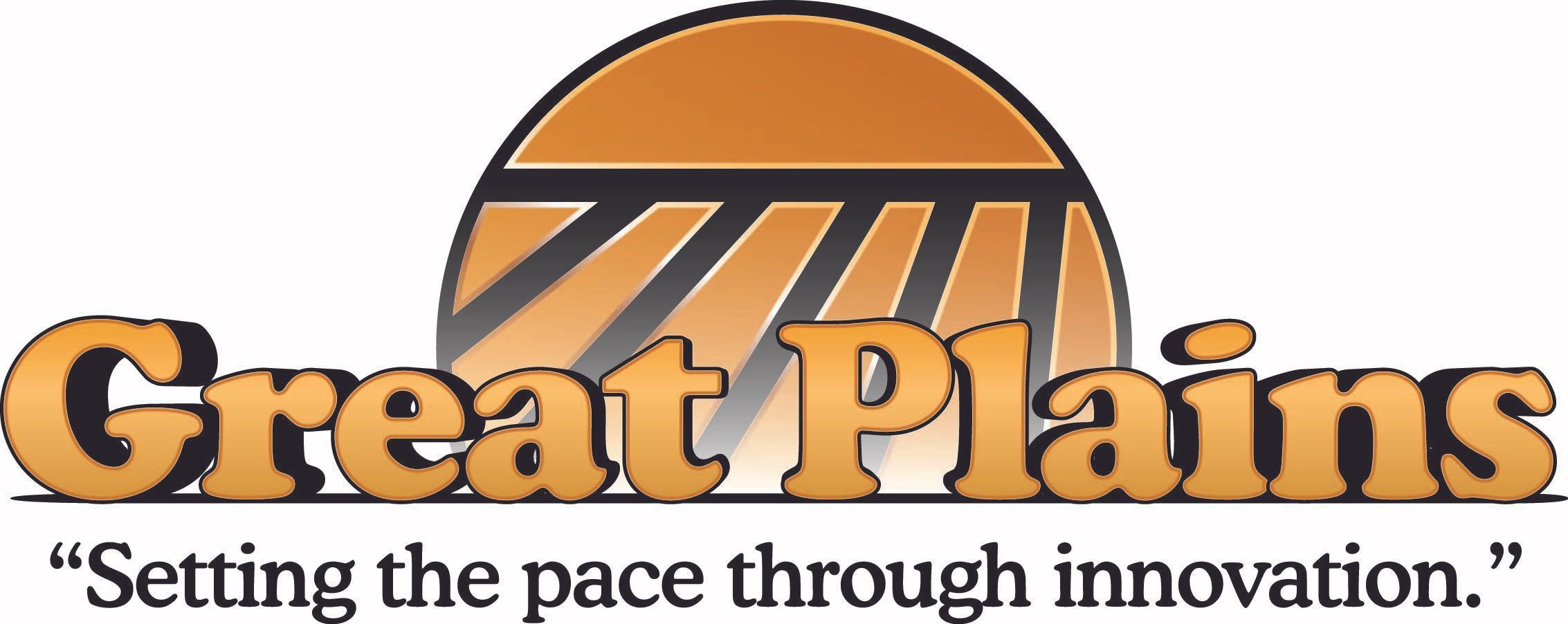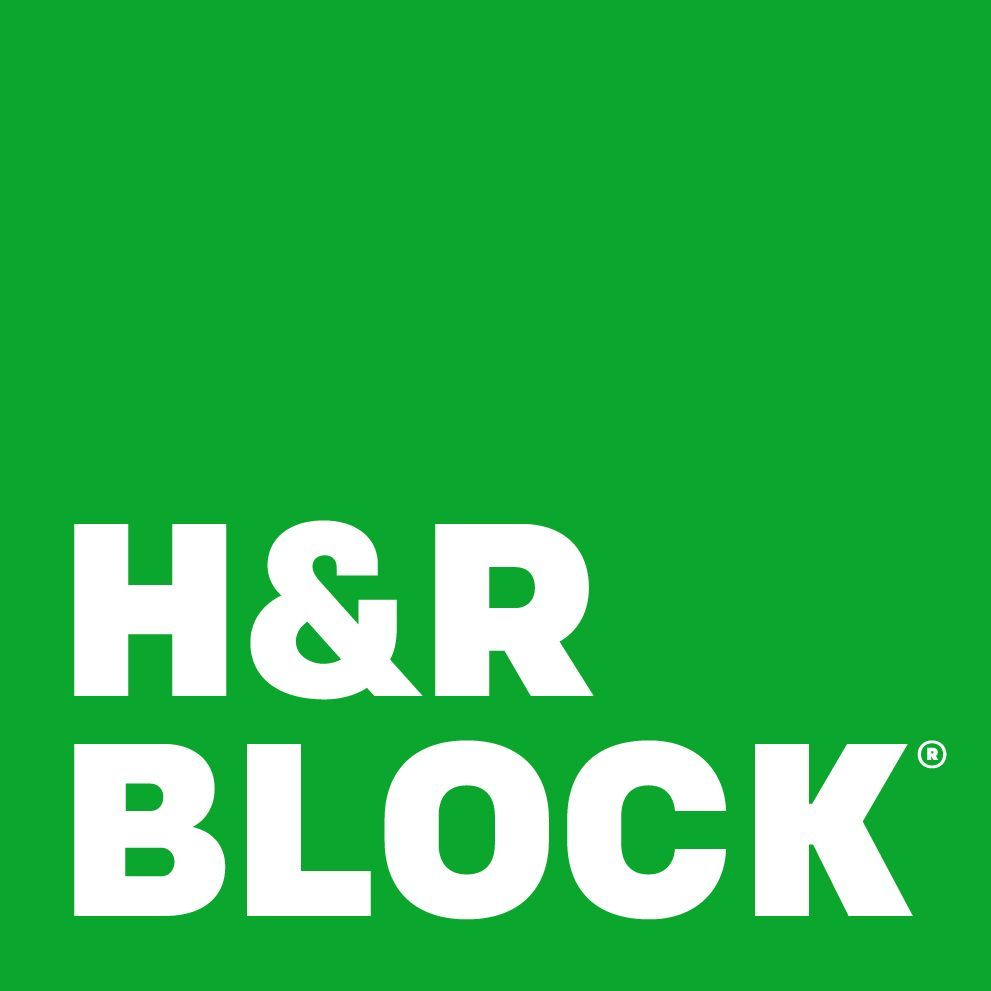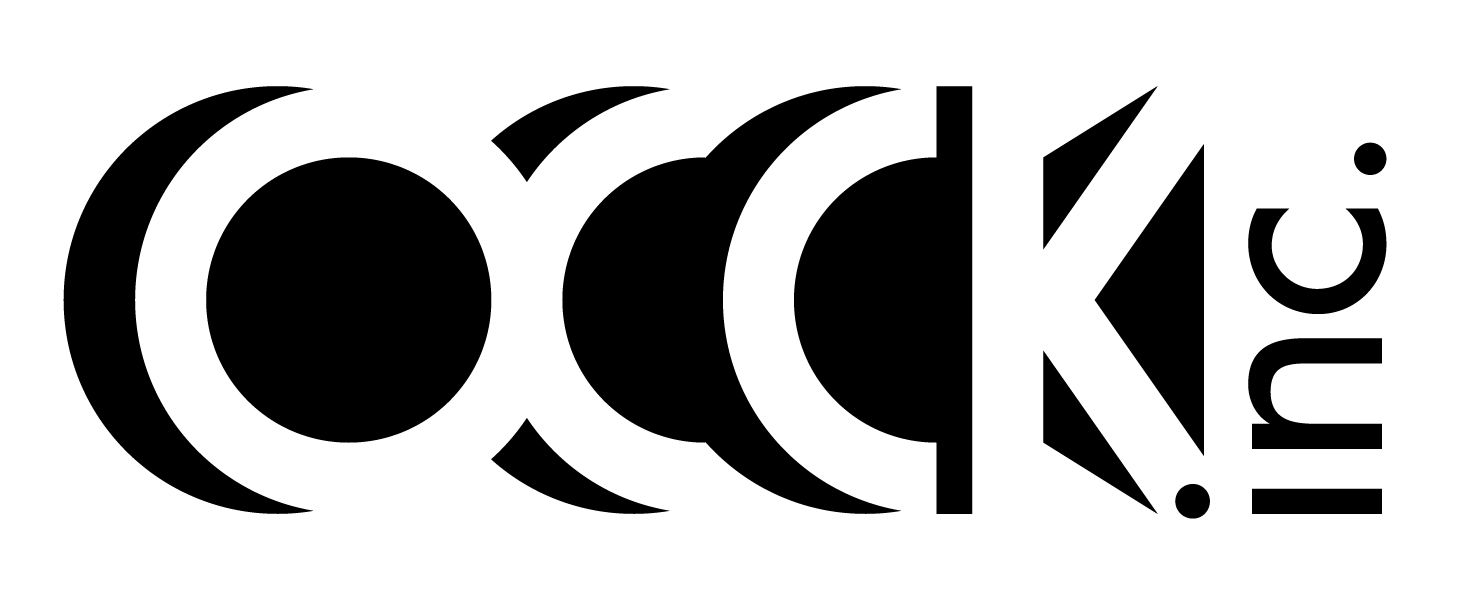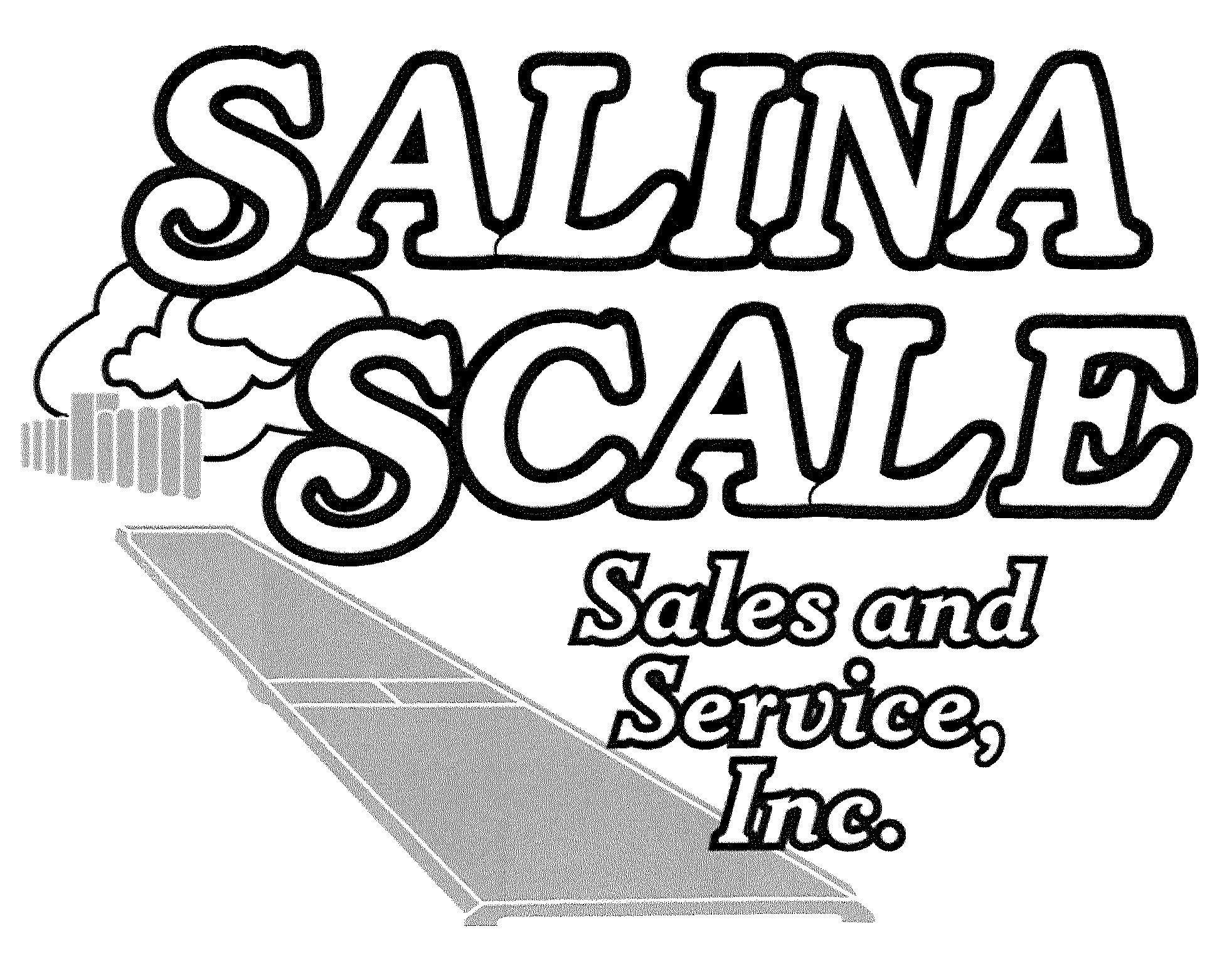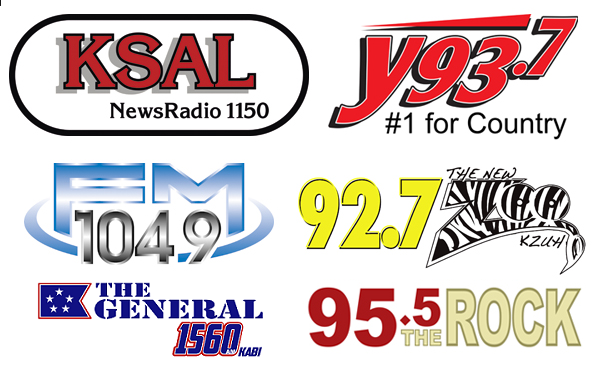So You Want to Donate Something ...
The staff of the Smoky Hill Museum thank you for considering a donation to the collection. It is only through the generosity of people like you that your Museum has such an outstanding collection. It is a legacy that will be enjoyed for many generations from the people of the Smoky Hill Region. If you have any further questions, please contact Jennifer Toelle, Curator of Collections and Research, or Maggie Von Spreecken, Registrar, at the Smoky Hill Museum, 211 W. Iron, Salina, Kansas 67401, 785-309-5776.
- Does the Museum accept everything that is offered?
- What is provenance, and why is it important?
- Should I just drop off my donation?
- Why is my donation provisional?
- What happens if my donation is not accepted?
- What will the Museum do with my donation once it is accepted?
- When will my donation be on exhibit?
- If my donation is put on exhibit, will I be credited?
- Will my donation ever be loaned to someone else?
- Do you take permanent or long-term loans?
- Can I take a tax deduction on my donation?
- Will my donation be used or touched by the visitors?
- What materials is the Smoky Hill Museum NOT currently accepting?
-
Does the Museum accept everything that is offered?
The Museum has over 30,000 objects and archival material, and therefore must remain selective in the acquisition process. According to our Collections Policy, the Museum collects materials defined within the collections scope, which includes materials with historical and cultural significance to the history of Salina and Saline County. Many other factors are considered ranging from condition, duplication and provenance.
If you have paper, photographs, or other objects, please call Jennifer Toelle, Curator of Collections, at 785-309-5776 or email jennifer.toelle@salina.org to determine if your donation is appropriate for the Museum’s collections.
If you have paper or photographic materials, or other objects, call Jennifer Toelle, Curator of Collections, at 785-309-5776 or email jennifer.toelle@salina.org to determine if your donation is appropriate for the Museum’s collections.
-
What is provenance, and why is it important?
Provenance is the history or origin of an object. This includes the origin, context, and historical background of an object.
All materials accepted shall be well documented. It must include provenance. When you present your materials for donation, it is important to include as much information as possible. -
Should I just drop off my donation?
You can stop by the Museum to start the donation process. However, it is advised that you call the Curator of Collections first to discuss your donation and/or to make an appointment. The Curator of Collections will make an initial determination of whether or not your donation is appropriate for our collections. If the Curator of Collections decides that your donation might be appropriate for the collections, (s)he will accept it on a provisional receipt.
-
Why is my donation provisional?
The provisional receipt is for your protection as well as the Museum’s. During the review period the Museum will have time to seriously consider your donation, which will be fully protected by our insurance coverage. Your items will be reviewed by the Collections Committee to determine its suitability for inclusion in the permanent collection. If your donation is turned down or if you change your mind, it will be returned to you during this review period. Or you can indicate if you would like the materials to be disposed.
-
What happens if my donation is not accepted?
The Museum’s Registrar will contact you with the Collections Committee’s decision. If you indicated that you would like your donation returned, you will need to make arrangements with the Registrar to have it returned. If you indicated that you would like the materials to be disposed, the Registrar will follow your wishes as indicated on the provisional receipt.
-
What will the Museum do with my donation once it is accepted?
The Museum’s Registrar will issue you a deed of gift, making the donation an official unrestricted gift to the Smoky Hill Museum. The deed of gift makes the original provisional receipt null and void. These items are then handled and processed according to the highest museum standards by trained professionals and are exhibited only under secure and safe conditions.
-
When will my donation be on exhibit?
This depends on the item’s appropriateness to the Museum’s exhibition program. Space limitations and conservation concerns dictate that we cannot exhibit all of our artifacts at any one time. Many objects should not be exhibited frequently because they may be damaged by exposure to light and the environment. We cannot guarantee when or if your donation will be exhibited; however, your donation will receive the best of care, ensuring preservation for future generations. The Museum is a public institution and collections may also be available for research by staff, scholars and the interested public (by appointment).
-
If my donation is put on exhibit, will I be credited?
It is not our policy to credit donors in writing within an exhibit, yet the historical information about the materials may be included in the artifact identification labels at the Curator of Collections’ discretion.
-
Will my donation ever be loaned to someone else?
Permanent collection artifacts and archival materials may be loaned to other museums or cultural institutions, but only those which adhere to the same high standards of professional museum practice. Items are not loaned to individuals.
-
Do you take permanent or long-term loans?
As a public agency, the Museum does not accept long-termed or so-called “permanent” loans. We have a responsibility to direct our resources toward the general community’s benefit, and not to act as caretakers for an individual’s property. In order to give our collections the very best care and storage conditions, all items in the collections must be owned by the Museum and unencumbered by restrictions.
-
Can I take a tax deduction on my donation?
Certainly. The IRS and Museum policy prohibits us from appraising donations. For your own records and protection, we recommend that you obtain an independent appraisal. The Museum will make your donation available for inspection by the appraiser of your choice.
-
Will my donation be used or touched by the visitors?
No, all donations to the Museum’s permanent collection are designated for preservation and will only be handled by trained museum professionals.
However, if would like you materials to be touched and used by the public, please contact the Curator of Education. The Museum has an education collection that contains objects which are designated for learning experiences. They are used for tour groups, student classes and a variety of tactile learning experiences.
-
What materials is the Smoky Hill Museum NOT currently accepting?
• Newspapers.
The majority of Salina’s newspapers have been microfilmed and/or digitized and are available online or through library reference materials. **However, we are still reviewing local school (Salina or Saline County) or rare newspapers that have not been either microfilmed or digitized.• Plat Map Books



